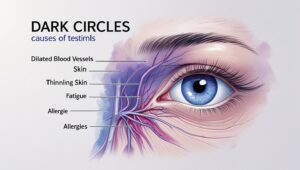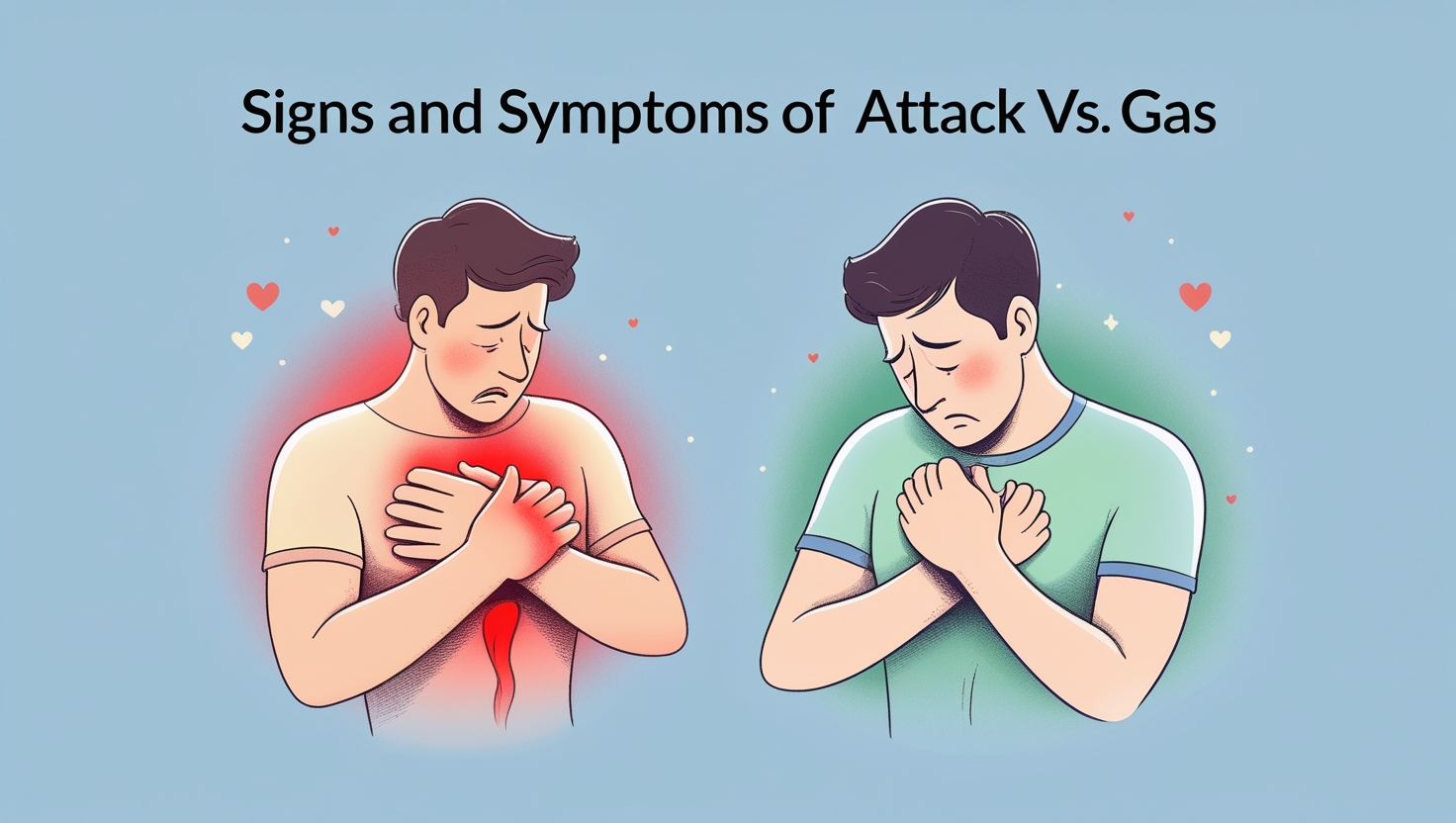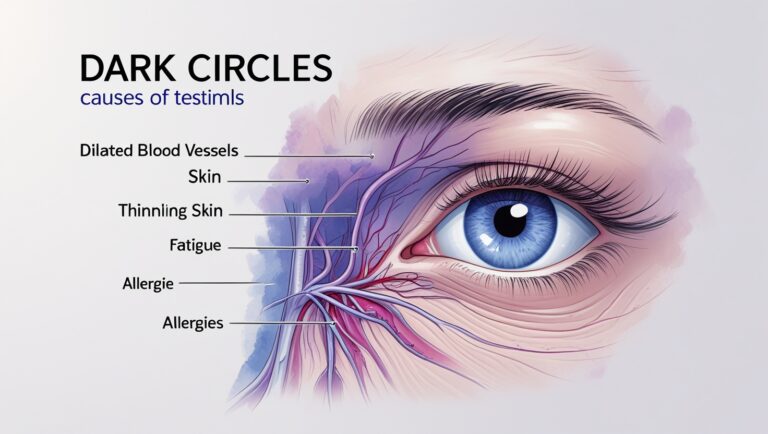Table of Contents
- Introduction
- Why Differentiating Matters
- What Is a Heart Attack?
- What Is Gas Pain?
- Key Differences Between Heart Attack and Gas
- Red Flag Symptoms: When to Worry
- Common Myths About Chest Pain
- Risk Factors That Require Extra Caution
- Real-Life Scenarios Explained
- What to Do If You’re Not Sure
- Tests Doctors Use to Identify the Cause
- At-Home Tips for Gas Relief
- How to Prevent Digestive and Heart Issues
- Final Thoughts and What to Do Next
1. Introduction
A sudden tightness or pain in your chest can be terrifying. Is it just something you ate, or is your heart in trouble? Many people confuse gas pain with the signs of a heart attack—and for good reason. The symptoms can feel remarkably similar.
This comprehensive guide will help you understand the differences between gas pain and a heart attack, what signs to watch for, and when it’s time to seek emergency care. Let’s clear up the confusion so you can act confidently when it matters most.
2. Why Differentiating Matters
Confusing gas with a heart attack—or vice versa—can be dangerous. While gas pain is generally harmless, a heart attack is a medical emergency. Knowing how to tell them apart can:
- Prevent unnecessary ER visits
- Help you act quickly when real danger is present
- Reduce anxiety from overthinking symptoms
3. What Is a Heart Attack?
A heart attack happens when blood flow to part of the heart is blocked, often by a blood clot. This deprives the heart muscle of oxygen and can lead to permanent damage or death if not treated quickly.
Common causes:
- Blocked coronary arteries
- Plaque buildup (atherosclerosis)
- Blood clots
Typical symptoms:
- Chest pressure or tightness
- Pain radiating to the arm, jaw, or back
- Shortness of breath
- Cold sweats
- Nausea or lightheadedness
4. What Is Gas Pain?
Gas pain is caused by the buildup of air in your digestive system, usually due to:
- Swallowing air
- Eating too quickly
- Digesting certain foods (like beans, dairy, carbonated drinks)
Symptoms can include:
- Sharp or cramping pain in the abdomen or chest
- Bloating
- Belching or flatulence
- Temporary relief after passing gas or a bowel movement
5. Key Differences Between Heart Attack and Gas
Pain Location and Nature
- Heart attack: Pressure, squeezing, or tightness in the center or left side of the chest
- Gas pain: Sharp or stabbing pain often higher in the abdomen or on either side of the chest
Duration of Symptoms
- Heart attack: Lasts more than 5–10 minutes and does not go away with movement or gas relief
- Gas: Comes and goes; may improve with burping, movement, or passing gas
Associated Symptoms
- Heart attack: Sweating, nausea, shortness of breath, fatigue
- Gas: Bloating, burping, and abdominal discomfort
Relief Methods
- Heart attack: No relief from antacids or changing position
- Gas: Often relieved by passing gas, using antacids, or walking
6. Red Flag Symptoms: When to Worry
Call emergency services immediately if you experience:
- Chest pressure or pain spreading to arms, jaw, or back
- Shortness of breath
- Dizziness or fainting
- Cold sweats
- Symptoms lasting more than 10 minutes
Remember, it’s better to be safe than sorry. Don’t try to self-diagnose serious chest pain.
7. Common Myths About Chest Pain
- Myth: Only older people have heart attacks
- Truth: Young adults can have them too, especially with risk factors
- Myth: If it goes away, it wasn’t serious
- Truth: Some heart attacks are intermittent or mild at first
- Myth: Heart attacks always cause chest pain
- Truth: Especially in women, symptoms may include fatigue, nausea, or jaw pain without chest pain
8. Risk Factors That Require Extra Caution
If you have any of the following, take chest pain seriously:
- High blood pressure
- High cholesterol
- Diabetes
- Smoking
- Obesity
- Family history of heart disease
These conditions increase your chance of heart-related issues.
9. Real-Life Scenarios Explained
Scenario 1: Burping Relieves the Pain
- Likely cause: Gas
- Action: Try simethicone or a walk. Monitor symptoms.
Scenario 2: Chest pain with left arm numbness
- Likely cause: Possible heart attack
- Action: Call emergency services immediately
Scenario 3: Burning chest pain after a heavy meal
- Likely cause: Acid reflux or gas
- Action: Try antacids, avoid lying down after eating
10. What to Do If You’re Not Sure
- Sit down and rest
- Take note of your symptoms
- Try antacids if you suspect gas
- If symptoms last more than 5–10 minutes, call emergency services
Tip: When in doubt, get checked out. Hospitals can rule out serious causes quickly.
11. Tests Doctors Use to Identify the Cause
- Electrocardiogram (ECG): Checks heart rhythms
- Chest X-ray: Looks for lung or digestive issues
- Blood tests: Detect enzymes from heart damage
- CT scan or ultrasound: Identify gas, inflammation, or blockages
- Stress test or angiogram: For ongoing heart concerns
12. At-Home Tips for Gas Relief
- Walk or do gentle movement to stimulate digestion
- Avoid carbonated drinks
- Eat slowly and chew thoroughly
- Avoid gas-producing foods (beans, onions, broccoli)
- Use over-the-counter remedies like simethicone
13. How to Prevent Digestive and Heart Issues
For Digestive Health:
- High-fiber diet
- Stay hydrated
- Probiotic foods (yogurt, kefir)
- Avoid overeating
For Heart Health:
- Regular exercise
- Balanced diet (low in trans fats, salt, and sugar)
- Don’t smoke
- Manage stress and get quality sleep
In 2025, smartwatches and wearable tech can help track symptoms and vitals for early warning signs.
14. Final Thoughts and What to Do Next
Chest pain can be scary, but understanding the difference between a heart attack and gas can help you make the right call when it matters.
Remember:
- Gas pain often resolves on its own
- Heart attack pain usually gets worse and includes other symptoms
- If you’re unsure, get medical help immediately
Take Action Now:
- Know your risk factors
- Eat and live in a heart- and gut-friendly way
- Educate your family on heart attack symptoms
Your health is in your hands. Listen to your body and never ignore chest pain.









